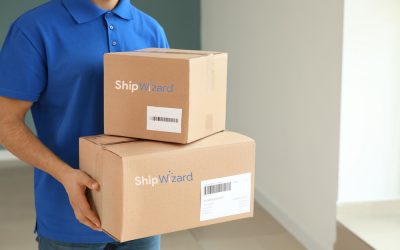As omnichannel takes an increasingly prominent role in how retailers, both online and off, do business, it’s becoming a necessity for bricks and clicks shops to transform in order to survive.
A new study from Zebra Technologies Corporation revealed the routes that stores may be taking in order to remain competitive in this increasingly blurry retail landscape.
Omnichannel Still Confusing the Fulfillment Situation
Despite the increased interest and demand for omnichannel fulfillment, Zebra found that only 39 percent of its respondents reported actually operating at that level.
Even reverse logistics are still problematic, with 87 percent finding returns to be a serious sticking point. Because of that, nearly half of the retailers surveyed said they would be outsourcing returns to their 3rd party logistics company partner in the future.
But that’s the stuff behind the curtain. The consumer-facing part of the store looks like it’s going to experience some serious changes. Technology investments will make it easier for workers to access inventories and improve customer satisfaction with the in-store experience. The Zebra respondents said that by 2020, nearly all shops involved will be using hand-held mobile computers with barcode scanners that can finally truly link in-store inventory with what’s in the warehouse.
Buy Online, Pick Up In Store
Currently, many stores that flex their omnichannel muscles are offering it at such different levels that it’s hard to quantify the way it’s going to grow.
For example, 76 percent of Zebra’s respondents said they were using store inventory to fulfill online orders and another 86 percent said they intended to. This could take the shape of sending said orders from the store to the customer’s home or as a buy online, pick up in store situation.
Zebra observed that stores, in general, were making investments to retrofit former sales space into a combination online fulfillment center and showroom. Of the executives polled, 70 percent expected shops to turn into something more like an order fulfillment center that also accepts returns, shrinking footprints even further.
What may be more likely, though, is that the trend of general retailers taking a hint from electronics stores will continue to grow, with wider aisles, fewer on-site products, but plenty of demos to try out.
This has worked successfully for Best Buy, one of the few surviving big box electronics stores in America. It remodeled all of its stores and made it possible for many customers to receive the not-in-stock products they wanted in just a day or two by shipping from the retail outlet or warehouse that could move products the fastest. Best Buy also maintains a stock of its most popular items so the shopper can carry their purchase out with them that day.









